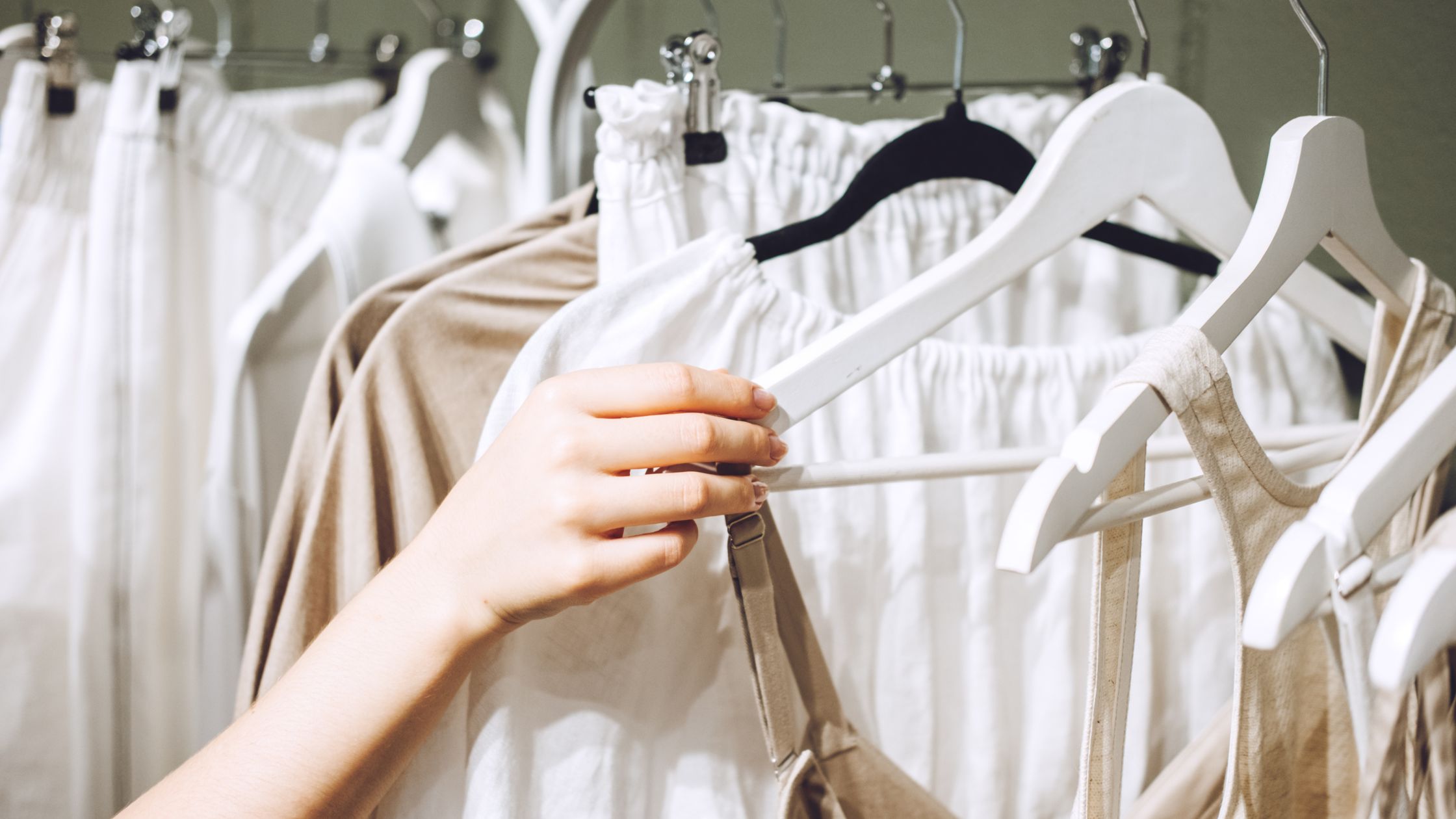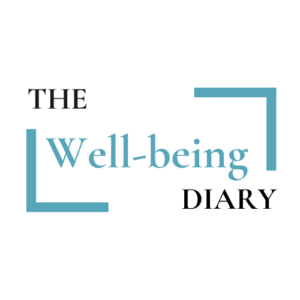How to Build a Sustainable Wardrobe Without Breaking the Bank

Key Takeaways
How can I build a sustainable wardrobe on a budget?
- Adopt a minimalist mindset and buy only what you need.
- Thrift and shop second-hand to save money and reduce waste.
- Invest in affordable ethical brands like Pact and Everlane.
- Repair, repurpose, or upcycle old clothes to extend their life.
- Wash clothes sustainably to prevent wear and tear.
The rise of fast fashion has made clothing more affordable than ever—but at a significant cost to the environment and workers. The fashion industry is one of the biggest polluters, contributing to excessive waste, unethical labor practices, and water pollution. However, switching to ethical fashion doesn’t have to mean spending a fortune on high-end brands.
If you want to build a wardrobe that aligns with your values while staying within budget, there are plenty of ways to do so. From thrifting and investing in sustainable brands to embracing minimalism and fair trade fashion, you can create a stylish and environmentally friendly wardrobe without breaking the bank. Here’s how:
1. Adopt a Minimalist Mindset
Before buying anything new, take a step back and assess what you already own. Minimalism is about owning fewer but higher-quality pieces that serve multiple purposes. Instead of following trends that change every season, focus on timeless staples that never go out of style.
Example:
Instead of buying five trendy tops that might be out of fashion next year, invest in two high-quality neutral-colored blouses that pair well with various outfits. A well-made white linen shirt, for example, can be dressed up with a blazer for work or styled casually with jeans.
2. Build a Capsule Wardrobe
A capsule wardrobe is a curated collection of versatile, long-lasting pieces that mix and match effortlessly. This approach saves money in the long run and makes dressing up every day much easier.
Example:
Consider a 10-15 piece capsule wardrobe, including:
- 2 pairs of well-fitted jeans
- 2 classic t-shirts (white and black)
- 1 high-quality sweater
- 1 little black dress
- 2 versatile blouses
- 1 structured blazer
- 1 high-quality jacket
- 2 comfortable pairs of shoes (sneakers and boots)
By sticking to neutral tones and classic silhouettes, you can create multiple outfits from just a few pieces.
3. Thrift and Buy Second-Hand
One of the best ways to embrace green fashion affordably is by shopping second-hand. Thrifting not only saves money but also helps reduce textile waste and gives clothes a second life.
Example:
Platforms like ThredUp, Depop, and Poshmark offer a wide range of pre-loved, high-quality clothing. Local thrift stores, flea markets, and consignment shops are also treasure troves for unique, affordable fashion finds. Many people have scored designer handbags, cashmere sweaters, and leather boots at a fraction of the retail price!
4. Support Ethical and Sustainable Brands
Many people assume that sustainable brands are always expensive. While some ethical fashion labels do have higher price tags, there are affordable options available. Many brands also offer discounts, sales, or trade-in programs.
Example:
Affordable Sustainable Brands:
- Pact: Organic cotton basics at reasonable prices
- Everlane: Transparent pricing and high-quality essentials
- Kotn: Ethically sourced, affordable basics
- Girlfriend Collective: Sustainable activewear
5. Shop Smart: Quality Over Quantity
A high-quality garment may cost more upfront, but it lasts much longer than cheap fast fashion items that wear out quickly. Before buying new clothing, check the material, stitching, and brand reputation.
Example:
A well-made pair of organic cotton jeans from a sustainable brand might cost $80 but last for 5+ years. On the other hand, a $25 pair from a fast fashion brand might fall apart after a few washes, forcing you to replace them frequently.
6. Repair, Repurpose, and Upcycle
Before discarding old clothes, consider repairing, repurposing, or upcycling them into something new. Basic sewing skills can help you fix minor rips, reattach buttons, or even transform an old piece into a trendy new item.
Example:
- Turn an old pair of jeans into stylish cut-off shorts.
- Use fabric scraps to create reusable tote bags or cleaning cloths.
- Revamp a faded t-shirt by tie-dyeing or embroidery.
7. Rent or Swap Clothes
If you need an outfit for a special event, renting instead of buying is a great option. Clothing rental platforms and local swap events help you refresh your wardrobe without adding to textile waste.
Example:
- Rent the Runway allows you to rent designer dresses and outfits for a fraction of the cost.
- Swapsociety lets you trade clothes with others, giving you fresh wardrobe choices without spending money.
- Organize a clothing swap with friends—everyone brings items they no longer wear and exchanges them for something new-to-them!
8. Wash Clothes Sustainably
Caring for your clothes properly extends their lifespan and reduces your environmental footprint. Overwashing and using high-heat dryers can cause fabric to wear out faster, leading to more frequent replacements.
Example:
- Wash clothes in cold water to prevent shrinking and fading.
- Use eco-friendly laundry detergent (such as Seventh Generation or Dropps).
- Air-dry clothes whenever possible instead of using a dryer.
These small changes help preserve your wardrobe while lowering your energy bills.
Conclusion
Transitioning to a sustainable wardrobe doesn’t have to be expensive or overwhelming. By embracing slow fashion, second-hand shopping, and minimalism, you can build a stylish and ethical wardrobe that aligns with your values—without straining your budget.
Every small step counts. Whether you start by thrifting a few pieces, supporting ethical brands, or repurposing old clothes, you’re making a difference. Sustainable fashion isn’t about perfection—it’s about making better choices, one piece at a time.
Are you ready to embrace green fashion on a budget? Start today by decluttering your wardrobe, shopping second-hand, and investing in timeless, ethical pieces. Your wallet and the planet will thank you!
FAQ
What is ethical fashion?
Ethical fashion prioritizes fair wages, safe working conditions, and sustainable materials to minimize environmental and social harm.
How can I build a sustainable wardrobe without spending too much?
You can start by thrifting, creating a capsule wardrobe, shopping from affordable ethical brands, and repairing or upcycling your clothes.
Are there budget-friendly sustainable fashion brands?
Yes! Brands like Pacts, Everlane Kotn, and Girlfriend Collective offer affordable, ethical fashion options.
Why is fast fashion harmful?
Fast fashion contributes to pollution, excessive waste, and unethical labor practices, making it one of the most damaging industries for the planet.
How can I make my clothes last longer?
Wash in cold water, air-dry when possible, use eco-friendly detergents, and repair minor damages instead of discarding clothes.

